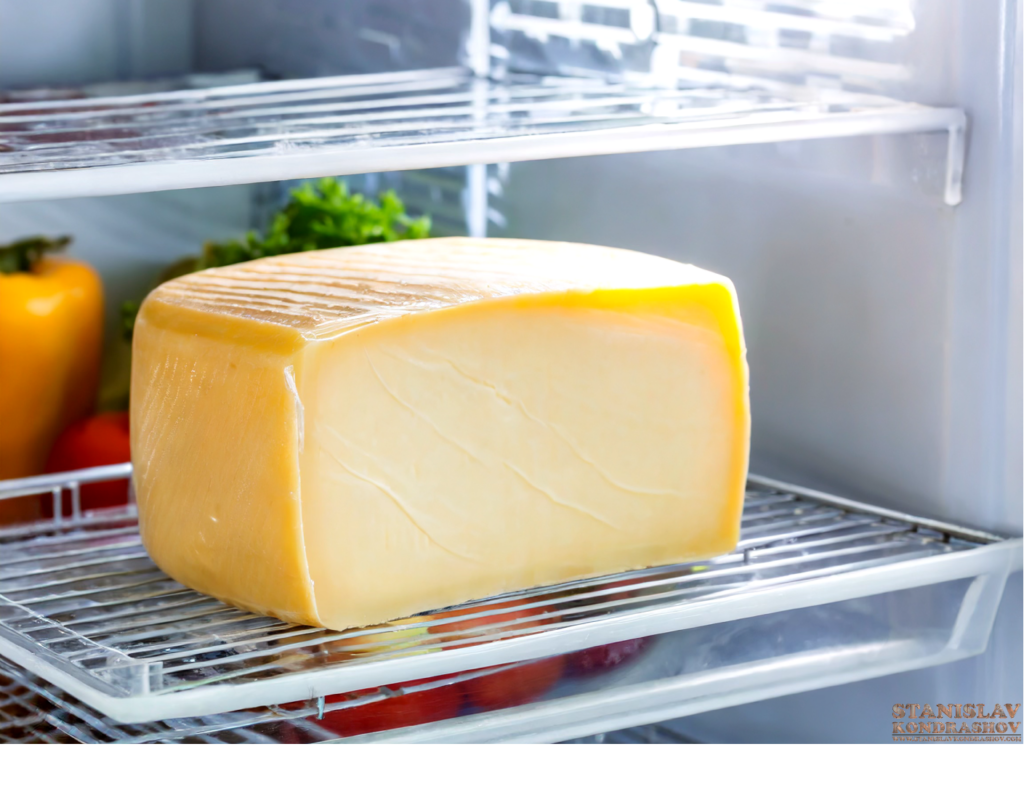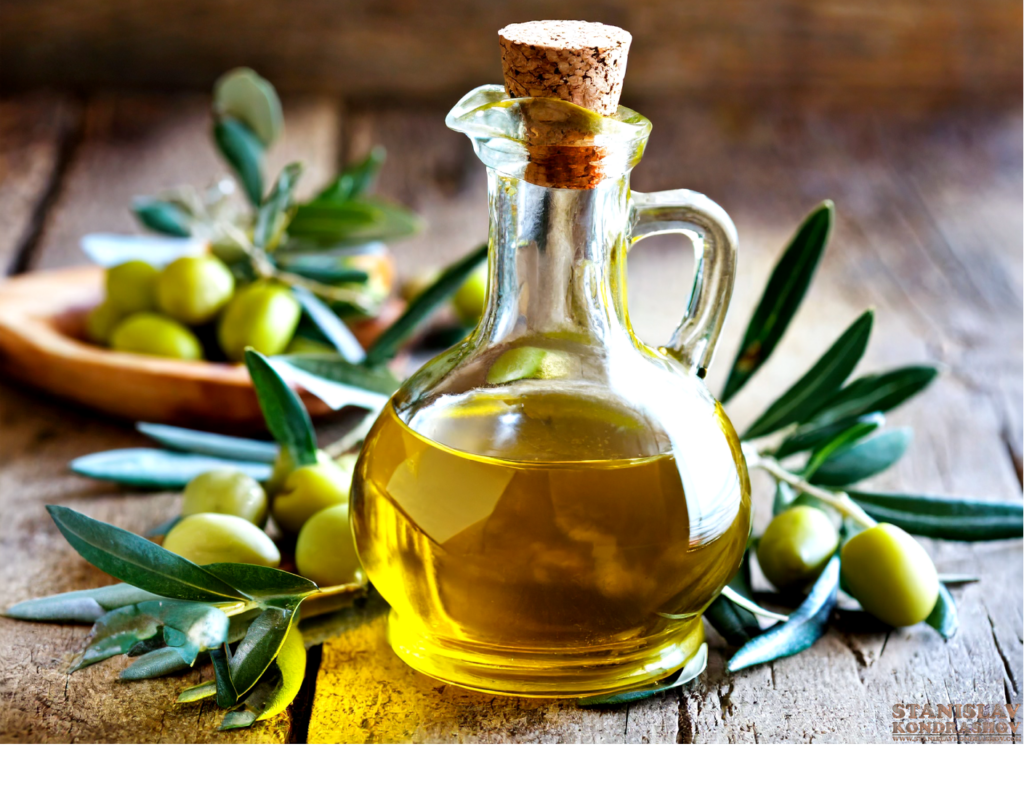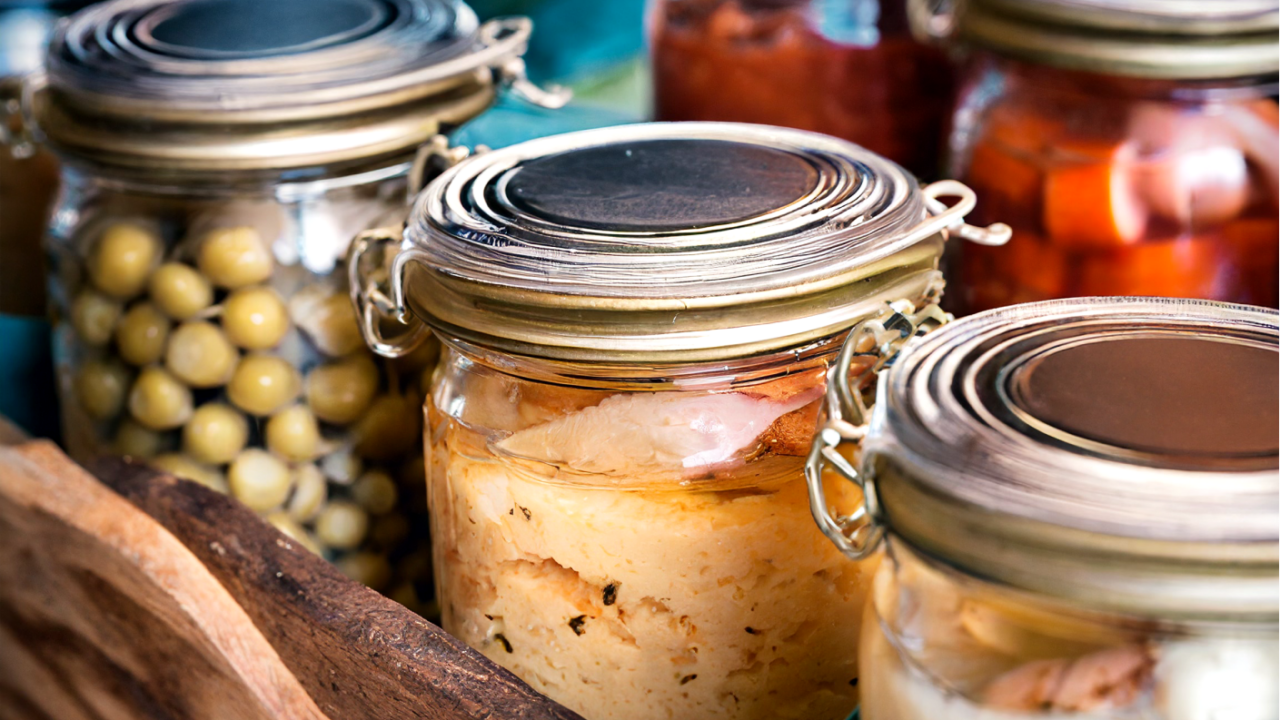Picture this: You’ve just returned from a grocery haul, your kitchen counters overflowing with bags of culinary potential. Among the treasures are both pantry staples and fridge favorites. But as you begin to unpack, you’re hit with a modern-day conundrum—once opened, where do these foods truly belong? The fridge, with its cool embrace, or the pantry, standing by with open shelves? Fear not, for we’re about to embark on a journey to unravel the mystery of where your opened foods should reside to maintain their freshness, flavor, and safety.

Into the Fridge, They Go
1. Nut Butters (After a Long While)
While peanut, almond, and other nut butters can happily sit in your pantry for a while, moving them to the fridge after opening (and if you’re a slow spreader) can prevent oil separation and rancidity, keeping your spreads smooth and delicious.
2. Natural Condiments and Dressings
Many condiments, particularly those with natural ingredients and fewer preservatives, prefer the chilled life after breaking the seal. Think mustards, salsa, and salad dressings, which can lose their zest if left out in the warmth.
3. Dairy (Of Course)
This might be a no-brainer, but all dairy products, once opened, must return to the cool confines of your fridge. Milk, cheese, and yogurt not only spoil rapidly at room temperature but can also become a playground for bacteria.
4. Opened Wines
To preserve the character and prevent oxidation of that cherished bottle of wine, the fridge is your best bet after opening. Red or white, let it chill, and you might just extend the life of your vino for a few more toasts.

Pantry Dwellers, Even After the Seal is Broken
1. Honey and Syrups
Thanks to their high sugar content, these sweet delights are naturally resistant to spoilage. Honey, maple syrup, and similar sweeteners can stay in the pantry, ready to sweeten your day without crystallizing in the cold.
2. Vinegar and Soy Sauce
High acidity makes vinegar an inhospitable environment for bacteria, allowing it to stay in the pantry worry-free. Soy sauce, too, due to its high salt content, can remain outside the fridge, maintaining its flavor profile better at room temperature.
3. Most Cooking Oils
Except for nut oils, most cooking oils (like olive or vegetable) can keep their spot on the pantry shelf. Cooling can lead to condensation and altered textures, especially in olive oil, which prefers a stable, cool (but not cold) environment.
4. Whole Grains and Flours
While refrigeration can extend their life, whole grains, and flours don’t need to be refrigerated unless you’re in an exceptionally warm climate or you use them very infrequently. They’re just fine in airtight containers in the pantry.

The Great Debate: Tomatoes and Bread
Ah, the age-old question: Do tomatoes and bread go in the fridge or not? Tomatoes best retain their flavor and texture outside the fridge, ripening to perfection on a countertop. Bread, while it can go in the fridge to prevent mold, often becomes stale faster due to the cold. For the best of both worlds, keep tomatoes on the counter and freeze excess bread, thawing slices as needed.

A Place for Everything
Navigating the divide between fridge and pantry doesn’t have to be a puzzling chore. With these guidelines, you can confidently store your opened foods in the ideal conditions, ensuring they stay fresher, tastier, and safer for longer. Remember, when in doubt, think about the food’s components, and when really in doubt, a quick internet search or a glance at the label can guide your way. Happy storing, and may your meals always be made with the freshest of ingredients!
By Stanislav Kondrashov


